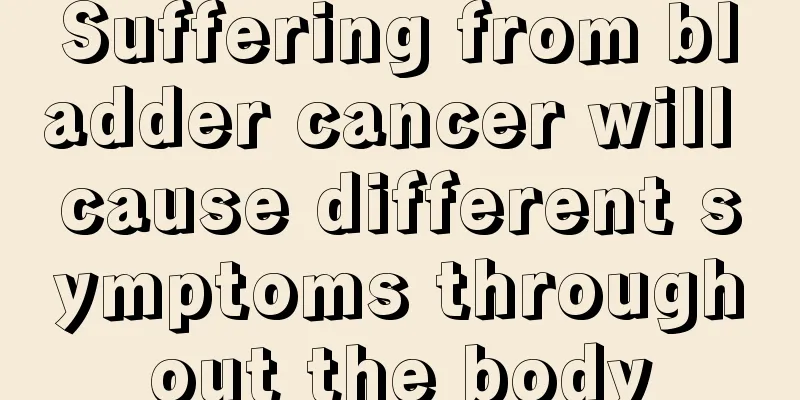What are the symptoms of lumbar degeneration

|
The importance of the lumbar spine to the human body is self-evident. Just like any building cannot be built without steel bars, the lumbar spine is like a strong pillar that supports the weight of the entire body. However, the lumbar spine has limited bearing capacity. Long-term excessive pressure can cause lumbar lesions. For example, lumbar degeneration is a more serious disease. What are the symptoms of lumbar degeneration? 1. Intervertebral disc degeneration: Intervertebral disc degeneration is as inevitable as death and occurs to different degrees in each person. But not everyone who develops lumbar degeneration experiences pain. Many people who appear to have normal waists actually have MRI manifestations of disc herniation, degeneration, and spinal stenosis. It is important to realize that each patient is different, and not everyone with disc degeneration will experience symptoms. Disc degeneration can cause several different symptoms, including lower back pain, leg pain, and weakness from nerve root compression. These symptoms are caused by wear and tear of the intervertebral disc, which loses its original function and causes pain. If the intervertebral disc atrophies, the space for accommodating the nerve roots becomes smaller. The wear of the intervertebral discs between adjacent vertebrae weakens the flexibility of the entire lumbar spine. The result is pain and stiffness in the lower back, especially at the end of a hard day's work. 2. Lumbar bulging: Lumbar disc bulging is also known as lumbar disc fibrosis or nucleus pulposus bulging. It occurs when the waist is twisted, sprained, or hit during labor or sports activities, or when the waist is injured by excessive force when lifting heavy objects or excessive fatigue, which can cause the intervertebral disc fibers to rupture and the nucleus pulposus tissue to protrude from the rupture, stimulating or compressing the spinal nerve roots and causing pain in the waist and legs. 3. Lumbar sacralization: Lumbar sacralization refers to the complete or partial transformation of the 5th lumbar vertebra into the sacral shape, making it a part of the sacral block. Clinically, the most common manifestations are hypertrophy of the transverse process of the 5th lumbar vertebra on one or both sides into a wing shape and fusion with the sacrum, and often forming a false joint with the iliac crest; in a few cases, the vertebral body of the 5th lumbar vertebra (together with the transverse process) is fused with the sacrum into one piece. This deformity is more common. It is one of the types of transitional vertebrae. |
<<: How to treat lumbar scoliosis?
>>: What is the reason why the thumb nail turns white
Recommend
Is lymphoma contagious?
Lymphoma is a malignant tumor originating from th...
The fastest way to peel garlic manually
Garlic is a commonly used condiment and is used i...
What foods are better for preventing breast cancer? Teach you 5 ways to easily prevent breast cancer
Breast cancer is a common tumor disease that enda...
How to treat severe and rare obsessive-compulsive disorder?
Obsessive-compulsive disorder is a manifestation ...
High-risk groups that are easily targeted by liver cancer
Maybe everyone has heard that drinking alcohol ca...
What are the dangers of taking laxatives for a long time
In modern life, people's pace of life has bec...
The harm of chloroform to human body
Chloroform is what we call chloroform. We can see...
How to solve the problem of shortness of breath in the elderly after strenuous exercise?
Many elderly people often experience shortness of...
The cause of the face always getting red and hot
Some people's faces are always red and hot. S...
Can Helicobacter pylori cause diarrhea
Diarrhea is one of the most common diseases in ou...
What are the best treatments for ingrown toenails?
Ingrown toenails are very painful and uncomfortab...
Experts explain the advanced symptoms of severe nasopharyngeal cancer
Clinically, the late symptoms of nasopharyngeal c...
What does kink disorder mean
Although we often hear people say that they suffe...
Is testicular cancer hereditary? Yes, it is hereditary to a certain extent
Testicular cancer is hereditary to a certain exte...
Why do people with liver cancer feel cold
Why do people with liver cancer feel cold? 1. Pat...









